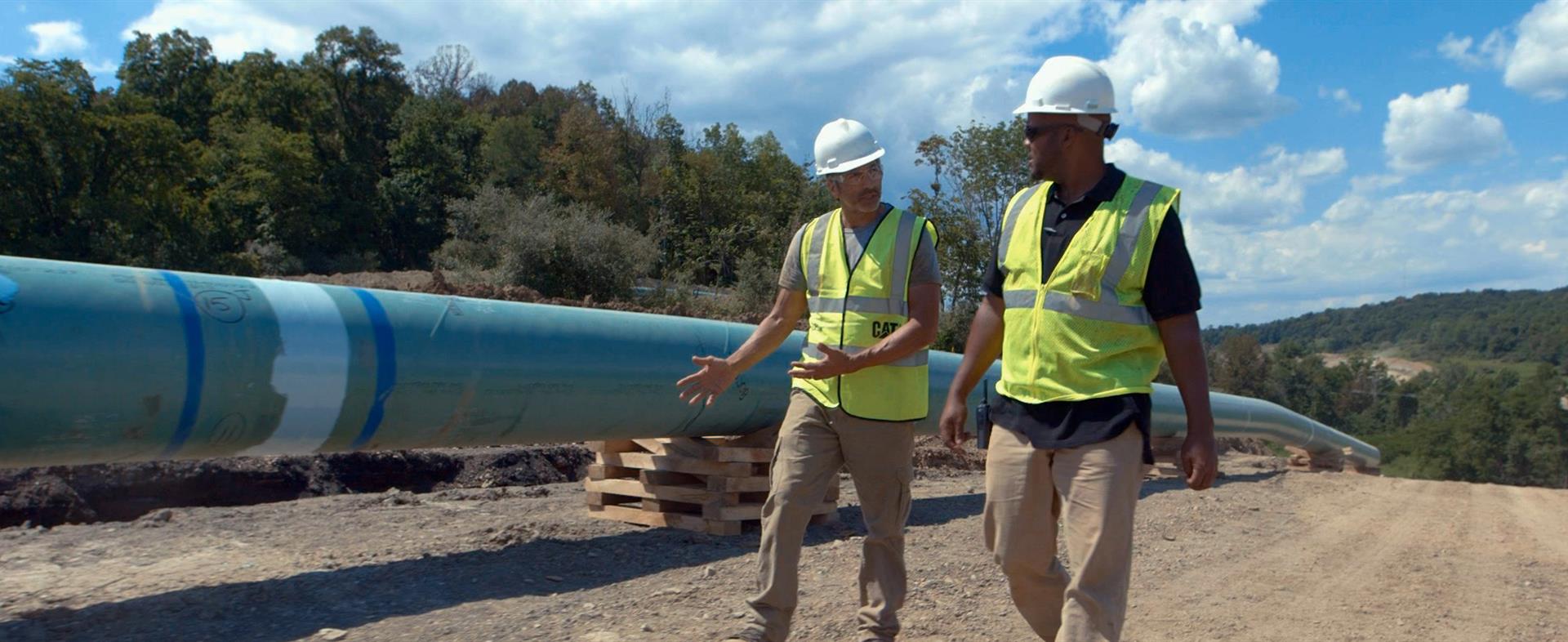Strategic Planning for Pipeline Construction Safety Training (PCST) in Canada

Strategic Planning for Pipeline Construction Safety Training (PCST) in Canada:
Pipeline construction is a complex and inherently hazardous endeavor, requiring meticulous planning, rigorous safety protocols, and comprehensive training to mitigate risks and ensure the well-being of workers, communities, and the environment. In Canada, where the oil and gas industry plays a significant role in the economy, strategic planning is essential for effective pipeline construction safety training (PCST). This article explores how strategic planning contributes to the success of PCST initiatives in Canada, addressing key components, benefits, and best practices.
Understanding Strategic Planning for Pipeline Construction Safety Training (PCST) in Canada:
- Comprehensive Needs Assessment:
- Strategic planning begins with a thorough needs assessment to identify the specific safety training requirements and challenges associated with pipeline construction projects in Canada. This involves evaluating the scope of work, project timelines, regulatory requirements, workforce demographics, and potential hazards.
- Stakeholder Engagement:
- Engaging stakeholders, including project managers, safety professionals, frontline workers, regulatory agencies, and community representatives, is critical for effective strategic planning in PCST. Collaboration ensures that diverse perspectives, insights, and priorities are considered in the development of training programs.
- Goal Setting and Objective Alignment:
- Strategic planning involves setting clear and measurable goals for PCST initiatives, aligned with broader organizational objectives, regulatory mandates, and industry standards. Goals may include reducing the frequency of accidents and incidents, improving safety culture, enhancing regulatory compliance, and minimizing environmental impact.
- Resource Allocation:
- Strategic planning requires careful allocation of resources, including financial, human, and technological resources, to support PCST initiatives effectively. This involves determining budgetary allocations, staffing requirements, training facilities, equipment needs, and technology infrastructure.
- Curriculum Development and Delivery:
- Strategic planning guides the development of PCST curriculum and training materials tailored to the specific needs and requirements of pipeline construction projects in Canada. Training programs cover a wide range of topics, including hazard identification, risk assessment, emergency response, regulatory compliance, and best practices in safety.
- Training Methodology and Delivery Platforms:
- Strategic planning considers the most effective training methodologies and delivery platforms for PCST, taking into account the diverse learning styles, preferences, and accessibility needs of participants. Options may include classroom-based instruction, hands-on practical training, virtual simulations, e-learning modules, and blended learning approaches.
- Performance Evaluation and Continuous Improvement:
- Strategic planning incorporates mechanisms for performance evaluation and continuous improvement in PCST initiatives. This involves monitoring key performance indicators (KPIs), conducting post-training assessments, soliciting feedback from participants, and analyzing trends and patterns to identify areas for enhancement.
Benefits of Strategic Planning for Pipeline Construction Safety Training (PCST) in Canada:
- Enhanced Safety Performance:
- Strategic planning ensures that PCST initiatives are designed to address the specific safety risks and challenges associated with pipeline construction projects in Canada. By providing workers with comprehensive training and resources, strategic planning enhances safety performance, reduces the likelihood of accidents and incidents, and promotes a culture of safety.
- Regulatory Compliance:
- Strategic planning facilitates compliance with regulatory requirements and industry standards governing pipeline construction safety in Canada. By aligning PCST initiatives with applicable regulations, strategic planning helps organizations avoid penalties, fines, and legal liabilities associated with non-compliance.
- Operational Efficiency:
- Strategic planning optimizes the allocation of resources and streamlines the delivery of PCST initiatives, leading to improved operational efficiency and cost-effectiveness. By identifying and addressing training needs proactively, strategic planning minimizes downtime, delays, and disruptions during pipeline construction projects.
- Risk Mitigation:
- Strategic planning identifies and mitigates potential risks and hazards associated with pipeline construction activities, reducing the likelihood of accidents, injuries, and environmental damage. By integrating risk management principles into PCST initiatives, strategic planning enhances project resilience and sustainability.
Best Practices for Strategic Planning for Pipeline Construction Safety Training (PCST) in Canada:
- Engage Stakeholders:
- Involve key stakeholders from the outset of strategic planning processes to ensure alignment of goals, priorities, and resources.
- Conduct Comprehensive Needs Assessment:
- Conduct a thorough needs assessment to identify specific training requirements, challenges, and opportunities related to pipeline construction safety.
- Set Clear Objectives:
- Establish clear and measurable objectives for PCST initiatives, aligned with organizational goals and regulatory requirements.
- Implement Performance Metrics:
- Implement performance metrics and evaluation mechanisms to monitor the effectiveness of PCST initiatives and identify areas for improvement.
- Foster Continuous Improvement:
- Foster a culture of continuous improvement by soliciting feedback from participants, conducting regular evaluations, and adapting PCST programs based on lessons learned.
Strategic planning plays a crucial role in pipeline construction safety training (PCST) in Canada, ensuring that workers are equipped with the knowledge, skills, and resources necessary to perform their jobs safely and effectively. By conducting comprehensive needs assessments, engaging stakeholders, setting clear objectives, allocating resources effectively, and fostering continuous improvement, organizations can enhance safety performance, promote regulatory compliance, improve operational efficiency, and mitigate risks associated with pipeline construction projects. Through strategic planning, Canada’s oil and gas industry can uphold its commitment to safety, environmental stewardship, and responsible project management in pipeline construction endeavors.
Categories
- Aerial Lift
- ATV Training
- Bear Awareness
- Chainsaw Training
- Confined Space
- Defensive Driving
- Forklift Training
- Lockout Tagout
- Online Safety Training
- Overhead Crane
- Pipeline Construction Safety Training
- Propane Handling
- Safety Training Benefits
- Scissor Lift
- Skid Steer Training
- Space Awareness
- TDG
- Telehandler Forklift
- Traffic Control
- Train the Trainer course
- Training Course
- Uncategorized
- WHMIS
- Workplace Harassment and Violence Preventiont
